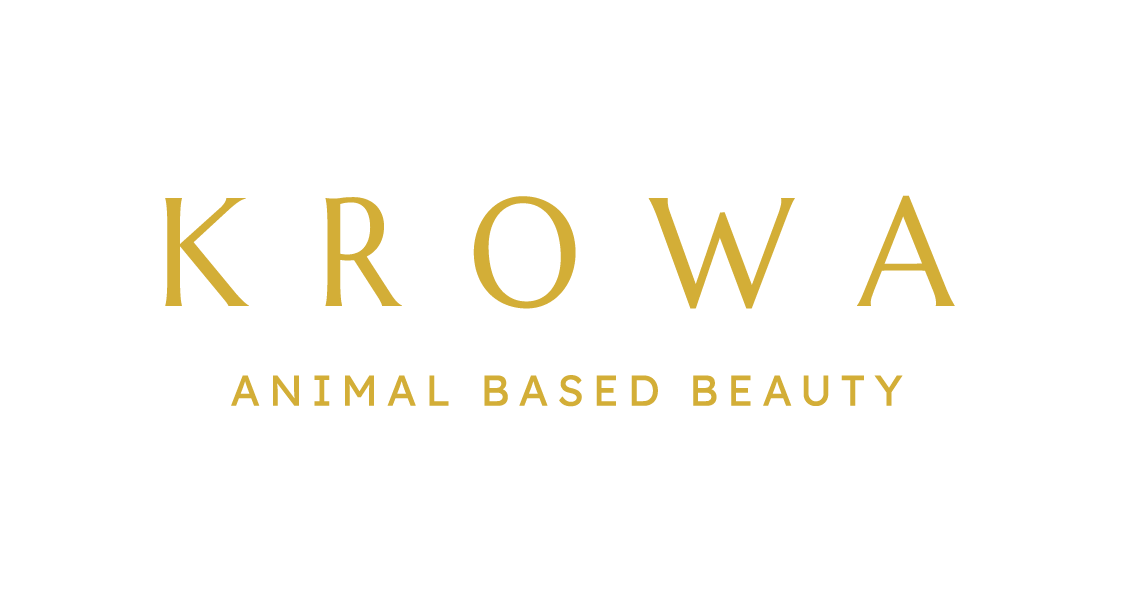
Written by Sarah Huerter
If you’re like me, you’ve become obsessed with finding the most natural and clean products to use and interact with in your home and on your body. From natural clothing materials to unbleached toilet paper, I am fully invested in my health and choosing the best quality for everything that I spend my money on. When it came to my skin, I would find an aesthetically pleasing brand, but then look at the product ingredients and couldn’t pronounce half the list… this was discouraging to say the least. After doing more research, my expectations were met when I discovered grass-fed tallow. It’s now quickly becoming all the rage for skincare…and for good reason. Tallow is truly a super-nutrient salve for the skin. It’s earned its spot in my essentials…I’ll never go a day without it.
What is Grass-Fed Tallow?
Grass-fed tallow is made by harvesting and rendering suet, the fat from pasture-raised cattle. Simply put, it’s fat specifically taken from around the organs, with the fat from around the kidneys as most prized for its clean and stable qualities. Then it’s cleaned, purified and rendered into an oil. Once rendered to a pure state, tallow offers an impressive profile of fatty acids in a similar structure to the cell membranes and proportions of human skin, making it easily absorbable. Fatty acids are considered the building blocks of skin cells, which makes them an important component for skin repair and regeneration.
Our Ancestors Used Tallow.
Tallow has been a longstanding skincare tradition for generations past. Our ancestors made use of the whole animal at harvest, leaving nothing to waste. They instinctively knew tallow as one of the most essential, nutrient-dense foods for skin and overall health…it was even used in candle making! Only in the past century have we drifted from our roots, applying unnatural chemicals to our skin. It’s no surprise that we’re finding our way back to this natural practice of using animal tallow as skincare.
Tallow Supports:
- Skin microbiome
As we all know, the largest organ of the human body is our skin. It is its own ecosystem of millions of bacteria, which is known as our microbiome or microbiota. The microbiome is in charge of keeping us feeling and looking good by creating a healthy skin barrier. Our microbiome can get out of balance when we use unnatural products such as cosmetics and soaps that destroy the good bacteria with chemicals, alcohol, and synthetic fragrances. This can cause acne and a host of other skin problems. Tallow supports a healthy and balanced skin microbiome…as nature intended.
- Hydration + nourishment
The moisturizing properties in tallow resemble the biology of our skin’s natural sebum. With this recognition being similar to natural oils in our skin, our body easily absorbs the nutrients. Use of tallow works wonders with hydrating our skin, helping regulate sebum production and help eliminate inflammation and acne. They don’t call it a tallow glow for nothing.
- Healthy skin cell production
Tallow is loaded with high-quality, high-density fat-soluble vitamins A, D, E, and K. These vitamins are rich sources of nutrients that support new skin cell growth. They encourage collagen and elastin offering skin an even and radiant glow. Tallow promotes beautiful and youthful skin, even in our later years…
Now that I have silky smooth skin and a luminous glow, I’ll not be returning to the deceitful and toxic skin care staples that I grew up with. Our bodies have this remarkable ability to rebalance itself when supported correctly…and that’s exactly what we are doing when we use tallow as our primary moisturizer. The difference is obvious, and it’s immediate. Once again, Tallow for the win!
